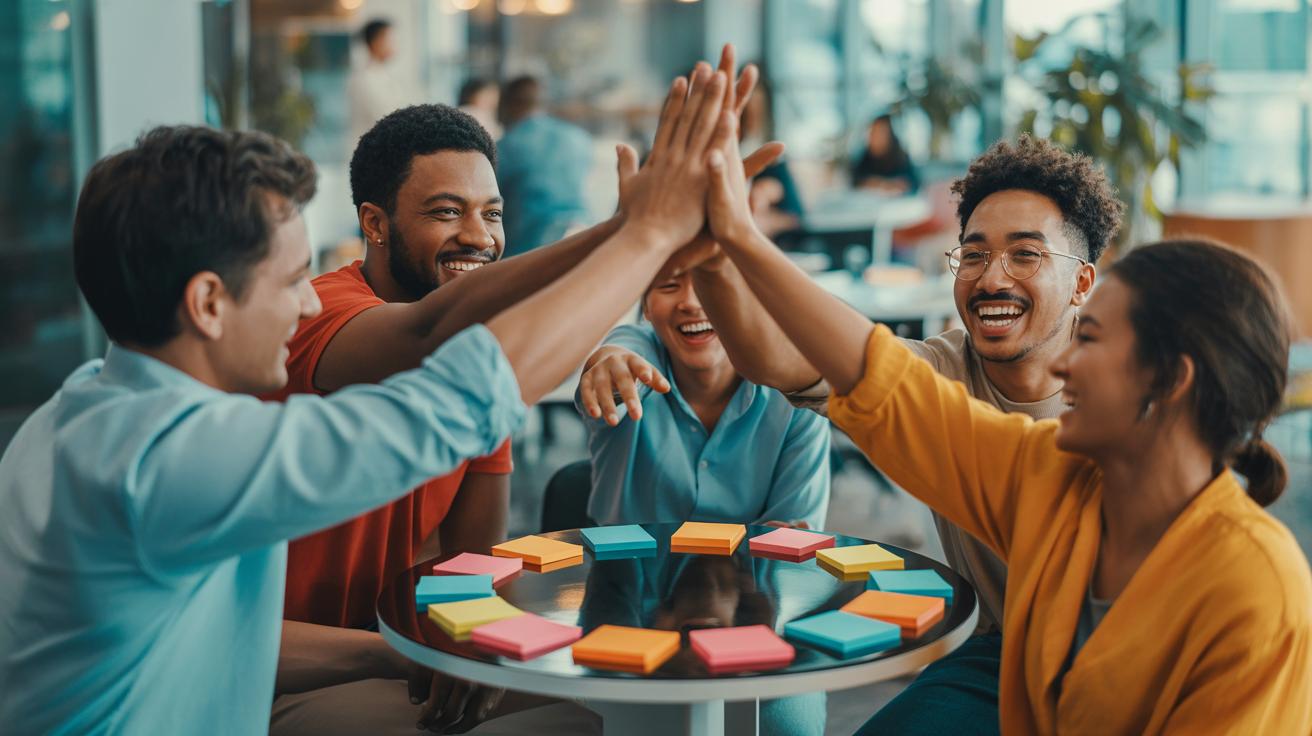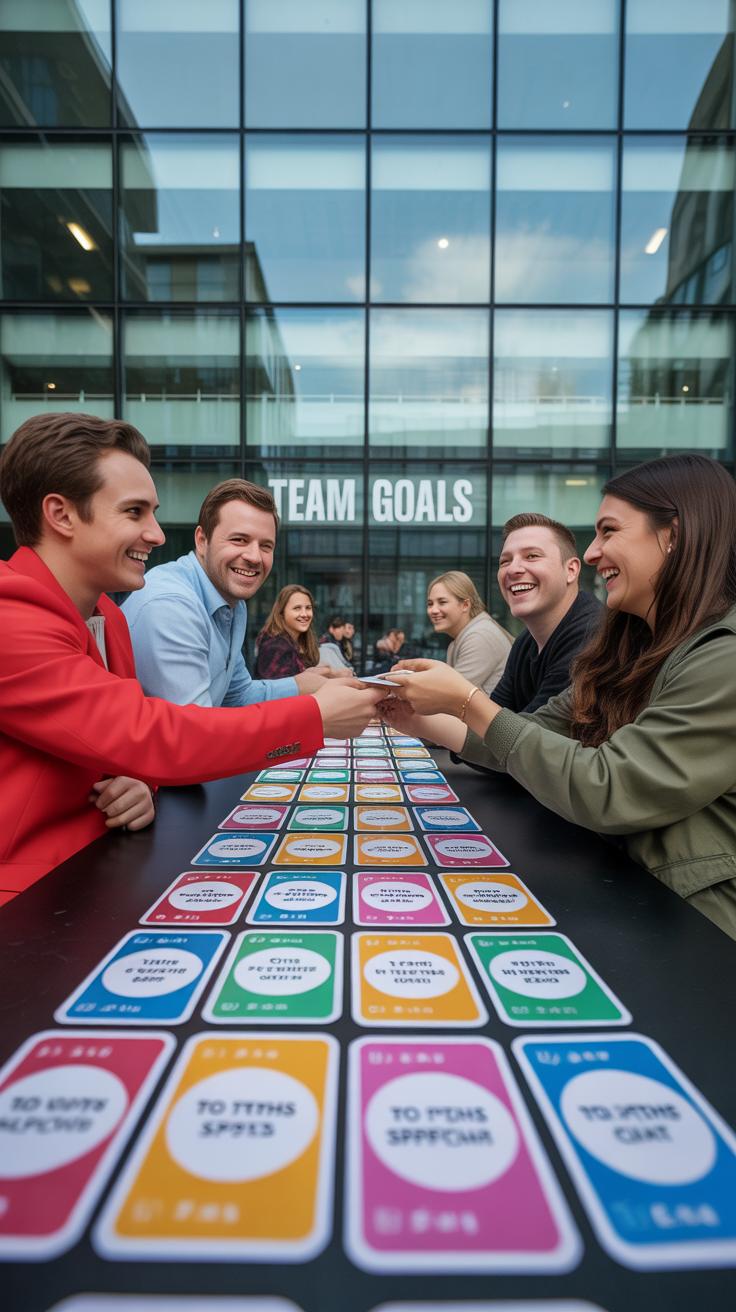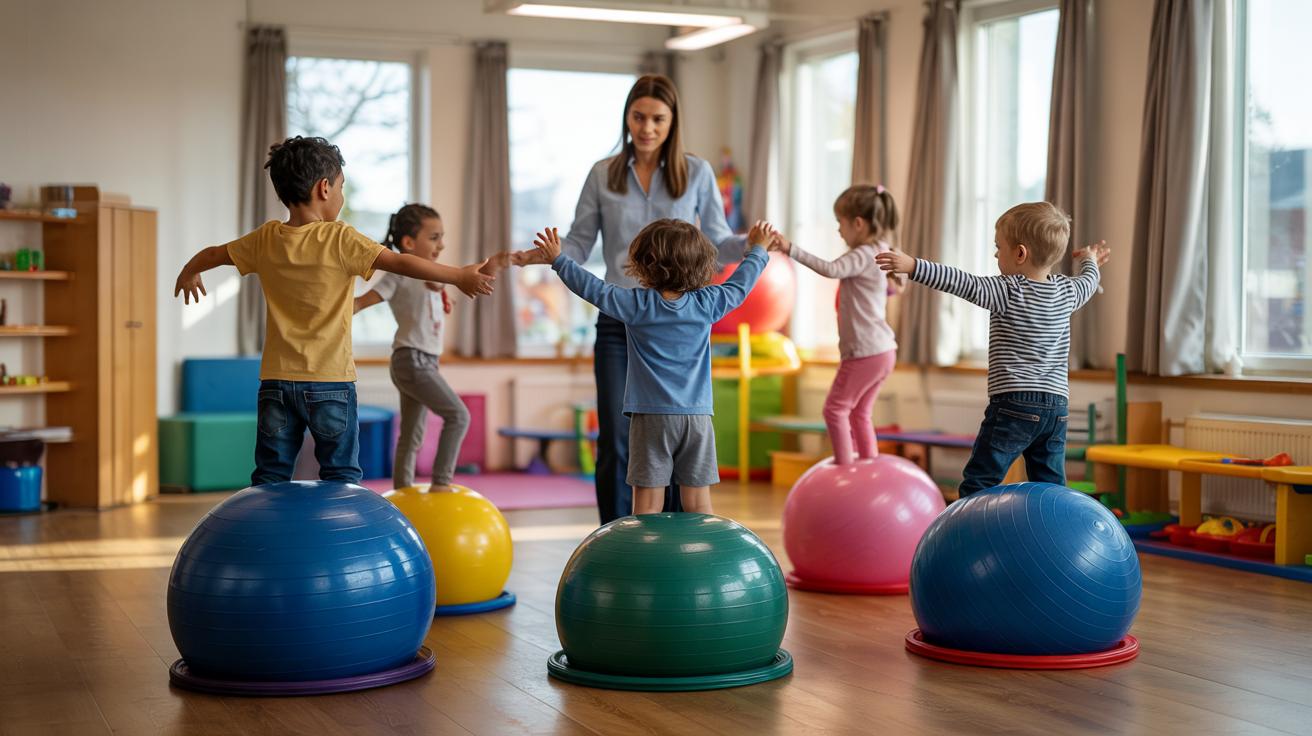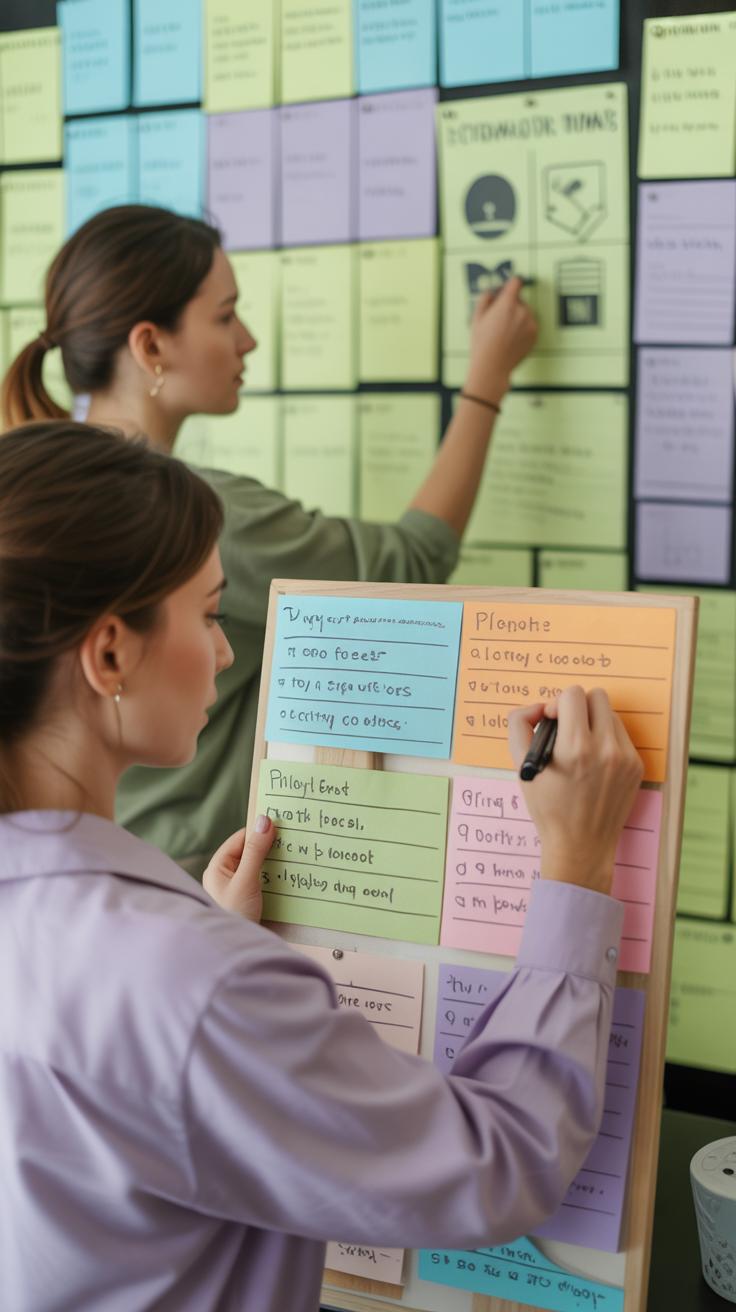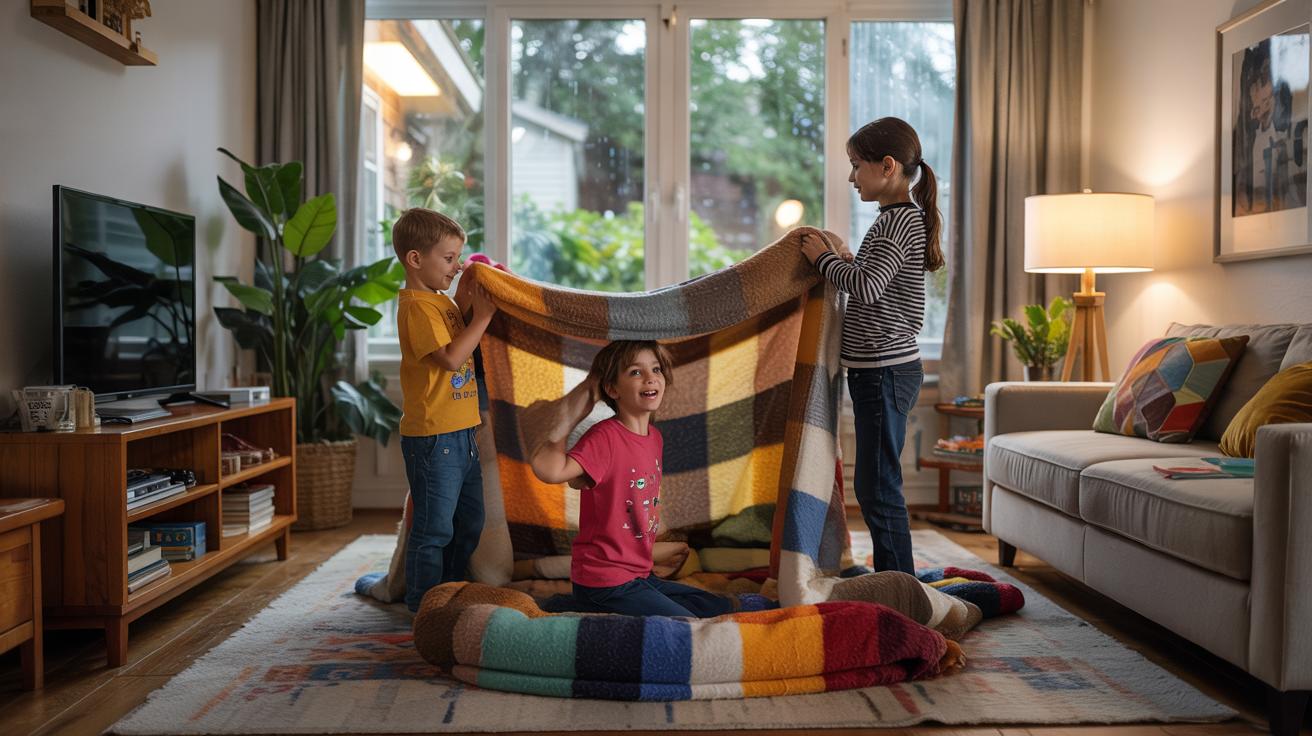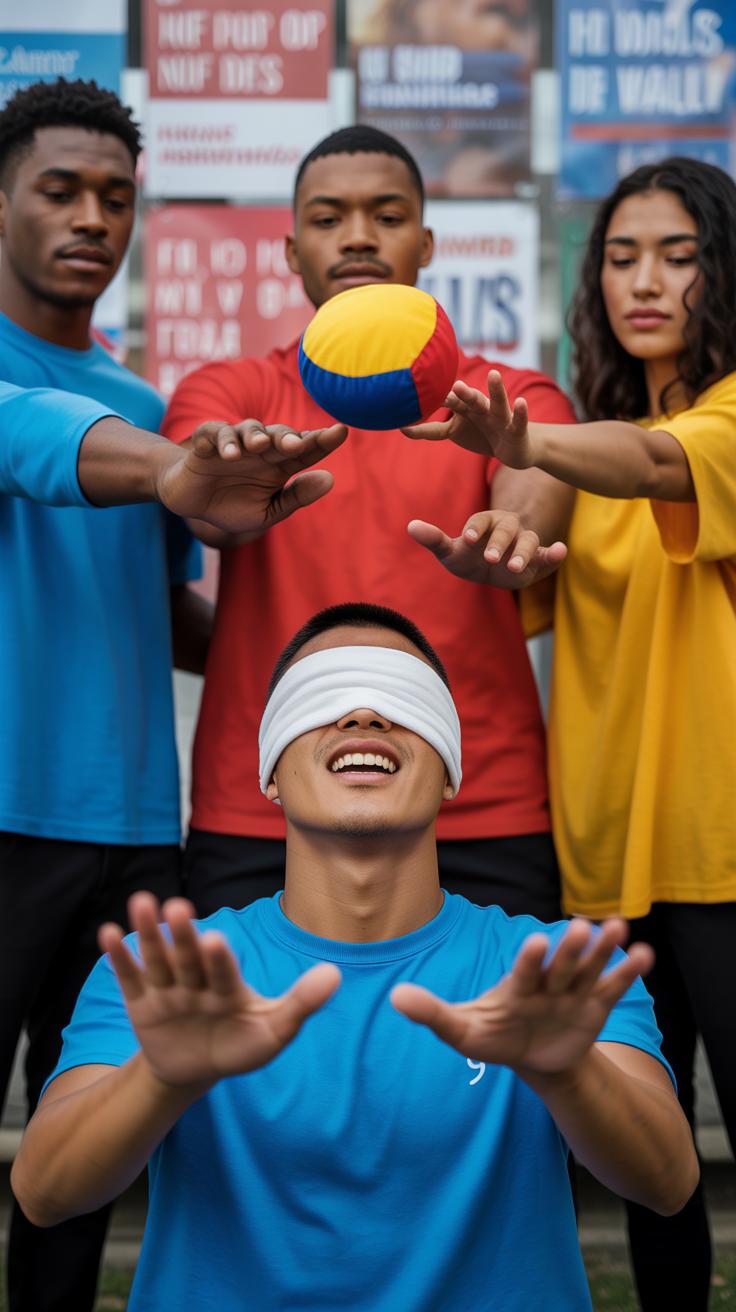Introduction
Get to know you activities play a crucial role in forming strong teams. They help people learn about each other’s personalities, strengths, and preferences. These activities create a positive atmosphere and help reduce tensions in new or existing groups. Engaging in these simple tasks encourages communication and builds trust among team members. Whether you are forming a new team or want to strengthen an existing one, these activities can support better collaboration and teamwork. They are easy to organize and can make a noticeable difference in how people work together.
Fun get to know you activities for team building are designed to be enjoyable and effective. These activities often include games or interactive sessions that encourage everyone to participate. They help team members find common interests and understand each other’s work styles. This understanding can prevent misunderstandings and improve problem-solving as a group. Including such activities as part of your team routine can lead to higher motivation and productivity. What activities could fit your team’s unique needs? How can you use them to make your team stronger?
Purpose of Get to Know You Activities
Get to know you activities play a key role in forming strong teams. They help reduce tension by opening up communication early on. When people learn about each other, it lowers feelings of awkwardness and sets the stage for open dialogue.
These exercises boost trust by encouraging team members to share parts of themselves. Trust grows when people feel heard and understood. This trust improves how the team works together and handles challenges.
When everyone feels comfortable, the group becomes ready to cooperate better. Think about your own experiences—how much easier is it to work with someone after a friendly introduction? Get to know you activities create this ease, helping your team move forward with shared understanding.
Breaking the Ice
Starting conversations can feel hard when people don’t know each other. Simple questions or sharing exercises give everyone a chance to speak without pressure. For example, asking “What’s one thing you enjoy outside of work?” invites easy answers that open dialogue.
These small talks calm nerves and help people relax. When team members answer light questions, it makes introductions smoother. People are more likely to join discussions and contribute once the ice is broken.
Imagine kicking off a meeting where everyone shares a quick fact about themselves. Would the room feel different? Chances are, people lean in and listen more. Breaking the ice this way sets a positive tone for teamwork.
Building Trust
Trust grows when people reveal their interests or preferences. Sharing what matters to you can make others feel valued. For instance, knowing a colleague prefers clear deadlines helps the team respect each other’s working styles.
When team members share personal or professional insights, they create a safer space. This safety encourages honesty and openness, which leads to stronger collaboration. Trust supports problem-solving since people feel confident speaking up.
Ask yourself, how often have you hesitated to share ideas because you didn’t know if others would understand? Get to know you activities help remove that hesitation. They build bridges that make teamwork possible and effective.
Types of Get to Know You Activities
Get to know you activities come in many forms that help team members learn about one another. One popular type includes icebreaker questions that encourage individuals to share facts about themselves. These questions can be light or thought-provoking, allowing people to open up without feeling pressured.
Sharing games also create space for team members to reveal interests, experiences, or values. For example, “Two Truths and a Lie” asks participants to share statements about themselves, prompting curiosity and attentive listening from peers.
Group challenges stand out by requiring teamwork and problem-solving. Tasks like building a tower from limited resources invite collaboration and showcase different skills within the team.
Each activity offers unique benefits. Icebreakers lower communication barriers. Sharing games build empathy. Group challenges improve cooperation. Consider which activities fit your team’s goals and dynamics best. How might varying these exercises affect the way your team connects?
Icebreaker Questions
Icebreaker questions help team members share fun or meaningful facts about themselves quickly. Simple questions like “What’s your favorite hobby?” or “What’s one thing people don’t know about you?” invite easy responses that reveal personality.
This approach encourages speaking and listening in a low-pressure way. When people talk about personal topics, they build a sense of trust and openness. It also helps uncover shared interests or unexpected similarities, sparking natural conversation.
Try question sets tailored to your group’s comfort level. For example, start with light questions in a new team, then shift toward deeper ones to strengthen connections. How might asking the right questions reshape your team’s communication?
Group Challenges
Group challenges require teams to work together to solve a problem or complete a task. These activities promote cooperation, creative thinking, and mutual support.
Examples include building a bridge with limited materials or solving a puzzle within a time limit. These tasks push members to communicate clearly, share ideas, and rely on one another’s strengths.
Groups learn to negotiate roles and strategies while adapting to obstacles. This interaction promotes respect and an understanding of diverse skills. How could a well-designed challenge reveal hidden talents in your team?
How Get to Know You Activities Support Team Building
Get to know you activities play a key part in building strong teams. They help you understand who does what best, what motivates each person, and how everyone works together. When you learn about each other’s strengths and working styles, your team can assign tasks that fit individual skills. This clear understanding reduces confusion and speeds up work.
These activities also create shared experiences, which make team members feel connected. When people bond over common goals, they are more likely to commit to the team’s success. Strong connections improve communication and reduce conflicts.
Teams that take time to learn about each other often meet deadlines faster and solve problems more easily. Ask yourself: How well do you really know your teammates? Could your team work better if you understood each other more deeply?
Clarifying Roles
Activities that highlight each person’s talents help your team assign the right tasks. When one member shows they excel at problem-solving while another shines at organizing, you can split work to match those abilities. This clarity keeps everyone clear about their responsibilities.
When roles are clear, fewer mistakes happen because people don’t step on each other’s toes. For instance, a team that played a strengths-finding game was able to rearrange duties, which cut project confusion in half. Could your team benefit from such clarity?
Aligning Goals
Shared experiences during get to know you activities help the team focus on common goals. When members laugh or solve problems together, they begin to see the team’s mission as their own. This builds commitment and motivation.
An example is a group challenge that required cooperation and trust. After completing it, members felt more responsible for reaching team targets. What goals could your team align on if you took time to connect like this?
Planning Fun Get To Know You Activities
When planning get to know you activities, start by considering the size of your group. Smaller groups work well with conversations or paired tasks, while bigger groups need activities that involve everyone without long waits. Think about how much time you have. Choose activities that fit within your available time without rushing or dragging. A 10-minute icebreaker differs from a 30-minute session, so pick accordingly.
Look at your environment. Indoor or outdoor spaces affect the type of activities you can run. Quiet rooms work for thoughtful sharing, while open areas suit movement-based games. Make sure the setting feels safe and inviting for everyone to participate.
Keep inclusivity in mind. Choose activities that don’t exclude anyone due to physical ability, language, or personal comfort. Have options ready so people can join in a way that suits them. Ask yourself: Are all my team members able to engage fully? If not, adjust your plans before starting.
Choosing Activities
Select activities that match your team’s size and goals. For small teams, choose exercises that encourage deeper sharing and trust building. In larger groups, use activities that create energy and quick connections, like name games or simple challenges.
Think about what you want to achieve. Is your goal to boost creativity, improve communication, or just break the ice? Pick activities aligned with these aims. For example, if collaboration is the goal, choose tasks requiring teamwork rather than solo sharing. Ask yourself: What do I want my team to gain from this time together?
Vary activities to keep everyone engaged. Mix quiet reflection with active games. This variety meets different personalities and energy levels, ensuring wide participation. Avoid anything that feels like a test or puts people on the spot in uncomfortable ways.
Setting the Environment
Create a relaxed atmosphere before you start. Arrange seating in circles or clusters to encourage eye contact and open interaction. Keep the room temperature comfortable and avoid distractions like loud noises or interruptions.
Set a positive tone by starting with a smile and friendly words. Explain the purpose of the activities clearly so everyone understands why they matter. Be enthusiastic but not overwhelming.
Encourage openness by establishing ground rules. Remind participants that sharing is voluntary and respect is key. Light background music can ease nerves if suitable for your group. Ask yourself: What can I do right now to help everyone feel included and comfortable?
Examples of Effective Activities
Practical get to know you activities create strong team connections without taking too much time. One simple way to start is with “Two Truths and a Lie.” Each person shares three statements about themselves—two true and one false. Team members guess which statement is false. This game sparks curiosity and drives conversations, helping everyone learn unexpected facts.
Another activity is “Team Timelines.” Each member adds key personal or work milestones to a shared timeline. You can do this physically on paper or digitally. Seeing these moments side by side builds understanding of each person’s background and growth. It encourages empathy and shows diverse paths to success.
You might also try quick “Speed Chats,” where pairs rotate every few minutes to answer simple questions. This keeps energy high and builds multiple connections fast. When choosing activities, consider how they open up dialogue and include everyone. What will help your team learn about each other in a way that feels natural and fun?
Two Truths and a Lie
This game prompts each person to share interesting facts while adding one false detail. It encourages honesty and creativity, inviting others to ask questions and guess. This fosters curiosity and a light competitive spirit. When teammates listen and discuss statements, they engage more deeply.
You can start by giving examples or letting people prepare in advance. Keep the atmosphere relaxed to ease nervousness. The activity breaks down barriers, making it easier to approach others later. It also reveals surprises about team members that might not come up in regular talk.
Try it early in your sessions to warm up the group. Watching how people react and interact gives clues to team dynamics. How will you use this game to build trust and open communication in your team?
Team Timelines
Creating a timeline of personal or professional milestones helps team members see each other beyond job roles. Have everyone share key moments, like when they joined the company or hit personal goals. Arrange these in order on a wall or shared document.
This visual display connects people through stories of challenge and success. It builds empathy by highlighting different journeys and reveals common experiences. The process encourages discussion and questions, deepening understanding.
Make the activity optional but encourage sharing. You can add themes, such as “first job,” “biggest learning,” or “proudest achievement,” to guide contributions. When people open up about their paths, the team feels more human and connected. What milestones will you invite your team to share?
Challenges and Solutions in Activities
When running get to know you activities, you may notice some team members hold back while others take over the conversation. Some might feel uncomfortable sharing personal details. Others might dominate discussions, leaving quieter people out. These issues can harm team spirit and slow collaboration.
To address reluctance to share, create a safe and low-pressure environment. Use simple questions that are easy to answer, like favorite hobbies or weekend plans. Encourage sharing by asking open-ended but non-threatening questions. Sometimes, offering anonymous options to submit answers can help shy members participate.
To handle dominant personalities, set clear rules for turn-taking. You can use a talking object or timer to give everyone a chance. Encourage active listening by asking team members to reflect on what others said before speaking. Have team leaders gently intervene if someone interrupts or speaks too much.
Think about your team. How can you make everyone feel comfortable and valued during these activities?
Encouraging Participation
Invite all members to join without singling anyone out or forcing answers. Frame questions so that responses can be brief or more detailed, depending on comfort level. Start with low-risk topics, like favorite foods or pets, to ease people in.
Use small groups or pairs to reduce pressure. People often open up more when they talk to one or two others rather than a whole group. Encourage volunteers while respecting those who prefer to observe at first. Praise contributions to reinforce positive sharing.
Questions like “Would anyone like to add more?” or “Who has a different idea?” can nudge involvement without pressure. Always model openness yourself. When you share first, it signals safety and invites others to follow.
Balancing Dynamics
Keep group interactions respectful and balanced by setting clear expectations up front. Explain that every voice matters and everyone will get a turn. Monitor the discussion closely. If someone dominates, calmly redirect the conversation to others.
Break large groups into smaller ones when needed. This can help quieter members feel more comfortable speaking. Mix different personalities to prevent cliques or silos. Encourage empathy by asking team members to notice how others might feel during the activity.
If conflicts arise, address them quickly with fairness. Use neutral language and focus on behaviors instead of personalities. Remember, your role as a leader is to guide the group toward equal involvement and respect. How will you make sure all voices are heard in your next session?
Measuring the Impact of Activities
Evaluating how get to know you activities improve team communication and trust helps you make smarter choices for future sessions. Start by setting clear goals before the activity, such as boosting openness or easing collaboration. That way, you know what success looks like.
After the activities, watch how team members interact during regular work. Are they asking more questions? Do they share ideas more freely? These behaviors reveal real changes beyond just what people say.
Ask yourself which moments showed a breakthrough in trust or communication. Did shy members open up? Did quiet ones step into new roles? Noticing these shifts lets you track progress accurately.
Remember, results may unfold gradually. Keep checking in regularly to see if improvements last and grow over time. How will you know if your next activity helps the team build stronger connections?
Feedback Collection
Collecting honest feedback after activities provides direct insight into their impact. Use anonymous surveys or simple rating scales to encourage openness. Ask what worked, what felt awkward, and what could improve.
Invite specific examples rather than yes/no answers. For instance, “Which part helped you feel more connected?” or “Did you notice a change in how teammates listen to each other?” Questions like these guide useful feedback.
During group discussions, encourage everyone to share their views but avoid forcing anyone. Respect questions like, “Did this exercise meet your expectations?” and “How did it change your view of the team?”
Collecting feedback makes your approach flexible. You can tweak activities to fit your team’s evolving needs. How will you gather input after your next session?
Behavioral Observation
Look for actions that show better teamwork after your activities. A key sign is when team members naturally seek each other’s input during discussions without hesitation. Notice if they volunteer help or follow through on shared goals.
Watch for more relaxed body language and increased eye contact in meetings. These subtle cues often point to growing trust and openness.
Pay attention to how conflicts are handled. Are disputes resolved calmly and with respect? Are team members showing patience and active listening? These behaviors reveal deeper collaboration.
Tracking these changes in daily interactions gives you a clear picture of your activity’s impact. What signs will you focus on to see if your team is working better together?
Integrating Activities into Team Routine
Using get to know you activities regularly helps keep your team connected and focused. When these activities become part of your routine, they boost energy and remind everyone of the value in collaboration. For example, starting weekly meetings with a quick icebreaker can make team members feel more comfortable sharing ideas.
Planning is key. Schedule activities during team check-ins or project milestones to keep interactions fresh and relevant. Don’t hesitate to switch things up if a particular activity loses its impact. You might try rotating facilitators or changing the setting, like moving from online chats to in-person games.
Think about how your team has changed since you first started. As people grow and roles shift, your activities should evolve too. Reflect on what your team needs now to stay engaged. Are your icebreakers still sparking conversation? Asking yourself this can guide you to adapt your approach and keep building a strong team culture.
Regular Practice
Including get to know you activities regularly helps your team stay in sync. Routine use can revive energy, remind colleagues why they work well together, and prevent fatigue. For example, brief daily check-ins that include sharing something personal or a fun fact can break monotony and build trust.
When you make these moments habits, they reinforce team spirit without taking much time. Think about adding a 5-minute activity before meetings or creating a simple weekly question everyone answers. This keeps connections alive and makes collaboration smoother.
Adapting Over Time
Teams change, so your activities should too. What worked well six months ago might feel stale now. Pay attention to how your team responds and be ready to adjust. If members prefer deeper conversations, try activities that encourage thoughtful sharing rather than quick games.
Consider mixing formats—sometimes use breakout groups, other times whole-team challenges. You could also introduce new themes, like creativity or problem-solving, to match current goals. By evolving your approach, you keep activities relevant and help your team grow stronger together.
Conclusions
Get to know you activities provide a foundation for building relationships within teams. They open communication channels and reduce uncertainties about team roles. When people understand each other better, they can support each other more effectively. This creates a healthier work environment and encourages collaboration. Teams that invest time in these activities often see improvements in performance and satisfaction. Asking yourself which activity fits your team’s current stage can guide your choices.
Fun get to know you activities offer a practical way to break down barriers and build trust. They help people feel valued and included by encouraging sharing and interaction. Consistent use of these activities helps develop a team culture where members respect and rely on each other. Improving teamwork through these means is not just about completing tasks but also about creating connections. You can make your team more productive by thoughtfully choosing and applying these activities to your situation.

